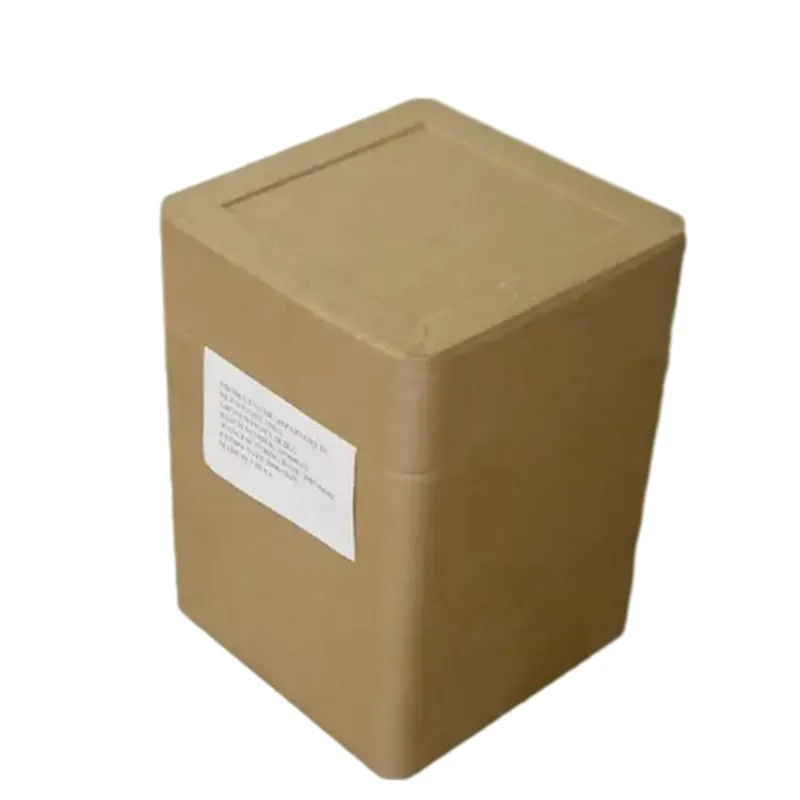
gelling agent in food
The Role of Gelling Agents in Food A Comprehensive Overview
Gelling agents play a crucial role in the food industry, impacting both the texture and stability of various food products. These substances are used to thicken, stabilize, and gelify foods, creating desirable sensory attributes that enhance consumer enjoyment. Understanding the types and functions of gelling agents can help both food manufacturers and consumers appreciate the intricacies of food preparation and processing.
The Role of Gelling Agents in Food A Comprehensive Overview
Pectin is a popular plant-based gelling agent derived from fruits, especially apples and citrus peels. It is commonly used in jams and jellies to create a firm, spreadable texture. Pectin requires sugar and acid to gel properly, making it an essential ingredient in the preservation of fruits for these products. In recent years, the use of low-methoxyl pectin has gained popularity, as it can set in the presence of calcium ions, allowing for the creation of sugar-reduced or sugar-free products.
gelling agent in food

Agar-agar, another plant-based gelling agent, is extracted from red algae. It is a versatile thickener used in a variety of products, from desserts to soups. Agar has the advantage of being stable at higher temperatures compared to gelatin, making it a valuable ingredient for dishes that require heat during preparation. Its ability to gel at room temperature also makes it an appealing choice for many culinary applications.
Carrageenan, derived from certain species of red seaweed, is primarily used in dairy products, such as chocolate milk and yogurt, as well as in processed meats. It acts as a stabilizer and thickener, enhancing texture and mouthfeel. The utilization of carrageenan has been somewhat controversial due to concerns about its digestion and potential health effects. However, regulatory agencies continue to deem it safe for consumption when used within recommended limits.
Another notable gelling agent is xanthan gum, produced by the fermentation of sugar by the bacterium Xanthomonas campestris. It is often used in gluten-free products to provide the elasticity typically lost when wheat flour is excluded. Xanthan gum also serves as an emulsifier, helping to stabilize mixtures of oil and water in salad dressings and sauces.
In conclusion, gelling agents are vital components in the food industry, influencing not just the texture but also the stability of a wide array of food products. From traditional gelatin to innovative plant-based alternatives like pectin and agar, these agents cater to diverse dietary needs and preferences. As the demand for healthier and more sustainable food options continues to rise, understanding the role and functionality of these gelling agents will remain essential for both food manufacturers and consumers alike. By harnessing the unique properties of gelling agents, the food industry can continue to innovate and meet the evolving tastes and requirements of consumers globally.
-
The Safety Challenges of Ammonium Nitrate FertilizerNewsJun.26,2025
-
The Critical Role of Mining ChemicalsNewsJun.26,2025
-
Shelf Life of Glacial Acetic Acid Food GradeNewsJun.26,2025
-
Enhancing PVC Longevity with 1,2,3-Benzotriazole InnovationsNewsJun.26,2025
-
China’s Dominance in Food Additive ProductionNewsJun.26,2025
-
Can Aluminum Hydroxide Replace More Toxic Alternatives?NewsJun.26,2025
-
PE and PP Plastics with Benzotriazole AdditivesNewsJun.12,2025
Hebei Tenger Chemical Technology Co., Ltd. focuses on the chemical industry and is committed to the export service of chemical raw materials.
-

view more DiethanolisopropanolamineIn the ever-growing field of chemical solutions, diethanolisopropanolamine (DEIPA) stands out as a versatile and important compound. Due to its unique chemical structure and properties, DEIPA is of interest to various industries including construction, personal care, and agriculture. -

view more TriisopropanolamineTriisopropanolamine (TIPA) alkanol amine substance, is a kind of alcohol amine compound with amino and alcohol hydroxyl, and because of its molecules contains both amino and hydroxyl. -

view more Tetramethyl Thiuram DisulfideTetramethyl thiuram disulfide, also known as TMTD, is a white to light-yellow powder with a distinct sulfur-like odor. It is soluble in organic solvents such as benzene, acetone, and ethyl acetate, making it highly versatile for use in different formulations. TMTD is known for its excellent vulcanization acceleration properties, which makes it a key ingredient in the production of rubber products. Additionally, it acts as an effective fungicide and bactericide, making it valuable in agricultural applications. Its high purity and stability ensure consistent performance, making it a preferred choice for manufacturers across various industries.











